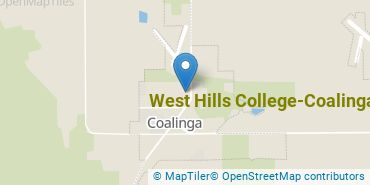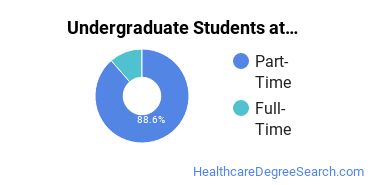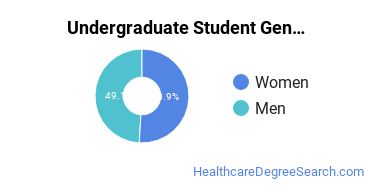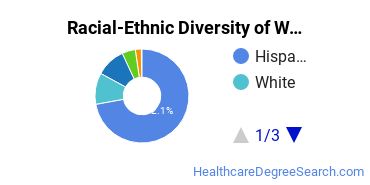West Hills College-Coalinga Healthcare Programs
West Hills College-Coalinga is a public institution located in Coalinga, California. The charming, small-town atmosphere of Coalinga draws many to the area.
Featured schools near , edit
Where Is West Hills College-Coalinga?

Contact details for West Hills College-Coalinga are given below.
| Contact Details | |
|---|---|
| Address: | 300 Cherry Lane, Coalinga, CA 93210 |
| Phone: | 559-934-2000 |
| Website: | www.westhillscollege.com |
How Do I Get Into West Hills College-Coalinga?
You can apply to West Hills College-Coalinga online at: https://www.westhillscollege.com/coalinga/admissions/future-students/apply-to-west-hills.php
Can I Afford West Hills College-Coalinga?
Student Loan Debt
It's not uncommon for college students to take out loans to pay for school. In fact, almost 66% of students nationwide depend at least partially on loans. At West Hills College-Coalinga, approximately 13% of students took out student loans averaging $4,473 a year. That adds up to $17,892 over four years for those students.
West Hills College-Coalinga Undergraduate Student Diversity

Gender Diversity
Of the 473 full-time undergraduates at West Hills College-Coalinga, 42% are male and 58% are female.

Racial-Ethnic Diversity
The racial-ethnic breakdown of West Hills College-Coalinga students is as follows.

| Race/Ethnicity | Number of Grads |
|---|---|
| Asian | 5 |
| Black or African American | 23 |
| Hispanic or Latino | 365 |
| White | 54 |
| International Students | 6 |
| Other Races/Ethnicities | 20 |
West Hills College-Coalinga Healthcare Concentrations
The table below shows the number of awards for each concentration.
| Major | Associate’s | Undergraduate Certificate | TOTAL |
|---|---|---|---|
| General Health Services/Allied Health/Health Sciences | 31 | 0 | 31 |
| Psychiatric/Mental Health Services Technician | 11 | 13 | 24 |
| Other Health/Medical Preparatory Programs | 0 | 0 | 0 |
| TOTAL | 42 | 13 | 55 |
References
*The racial-ethnic minorities count is calculated by taking the total number of students and subtracting white students, international students, and students whose race/ethnicity was unknown. This number is then divided by the total number of students at the school to obtain the racial-ethnic minorities percentage.
More about our data sources and methodologies.
